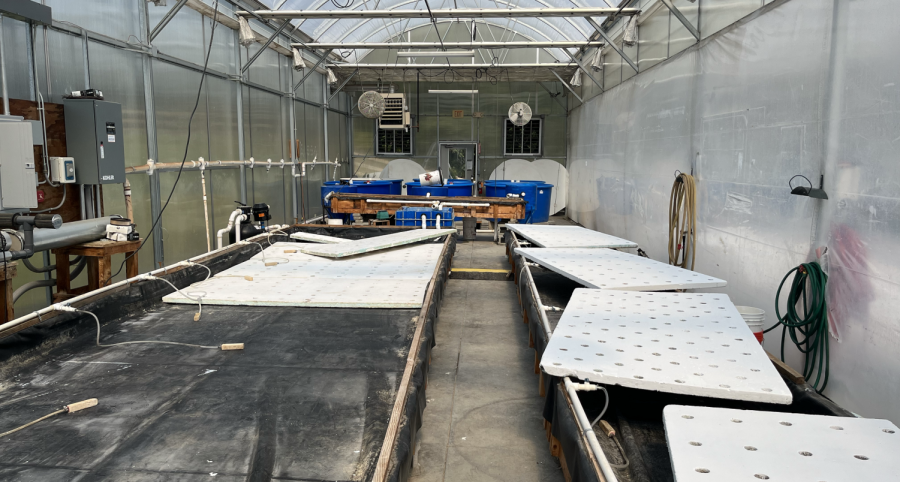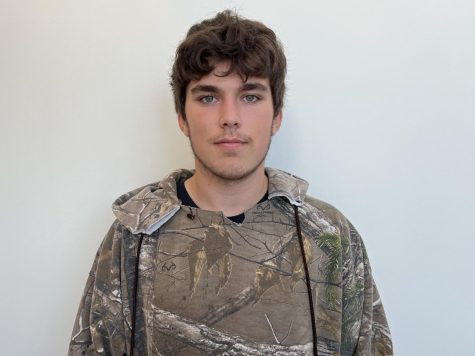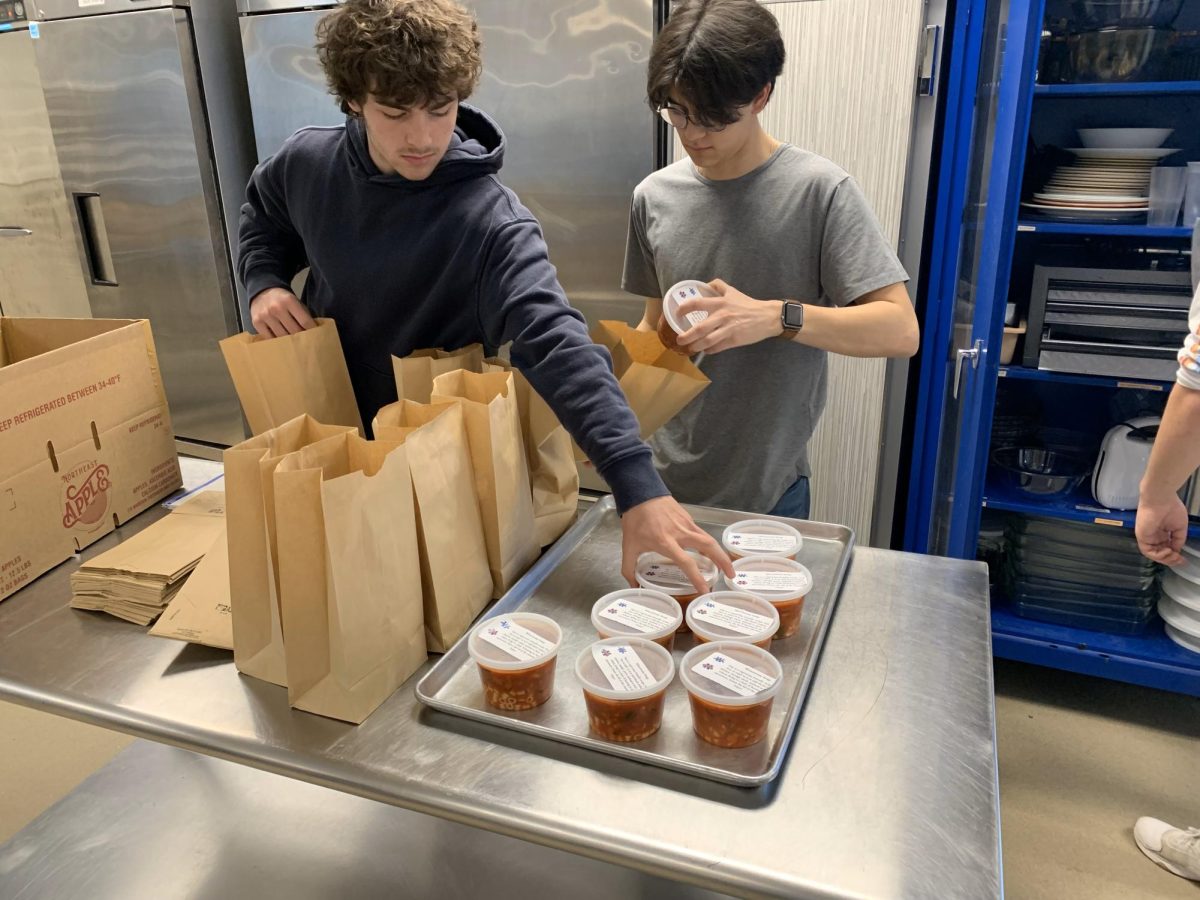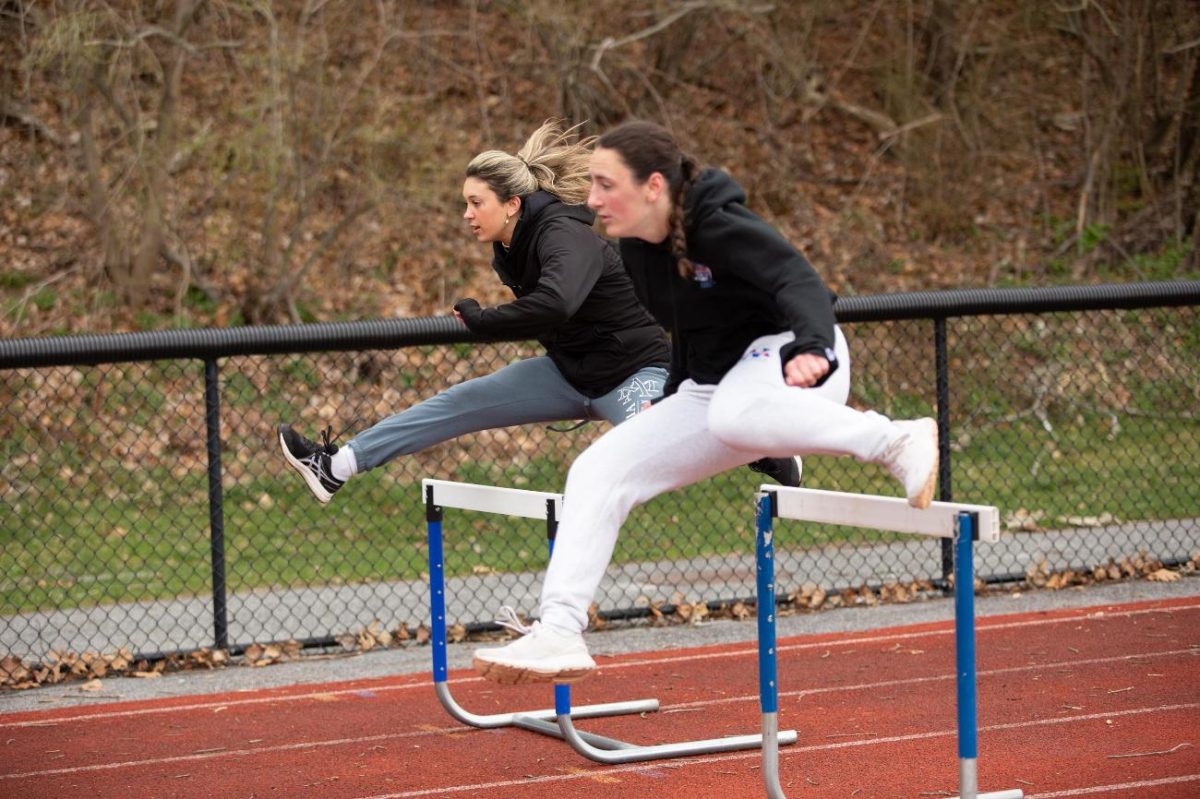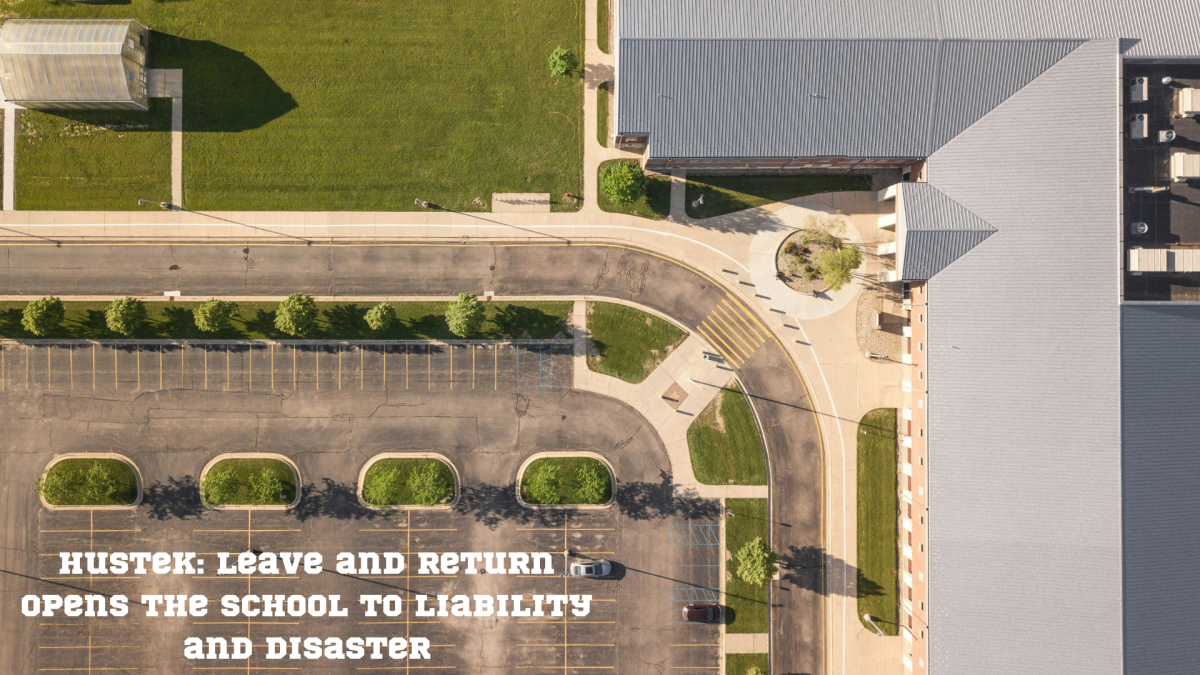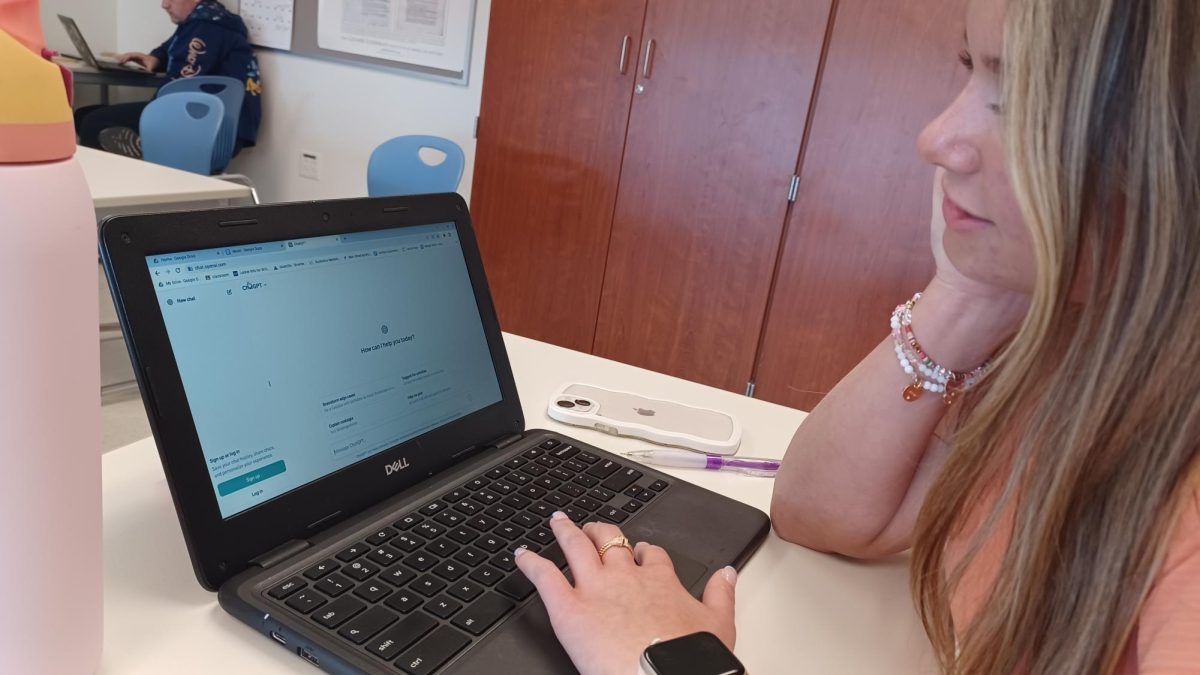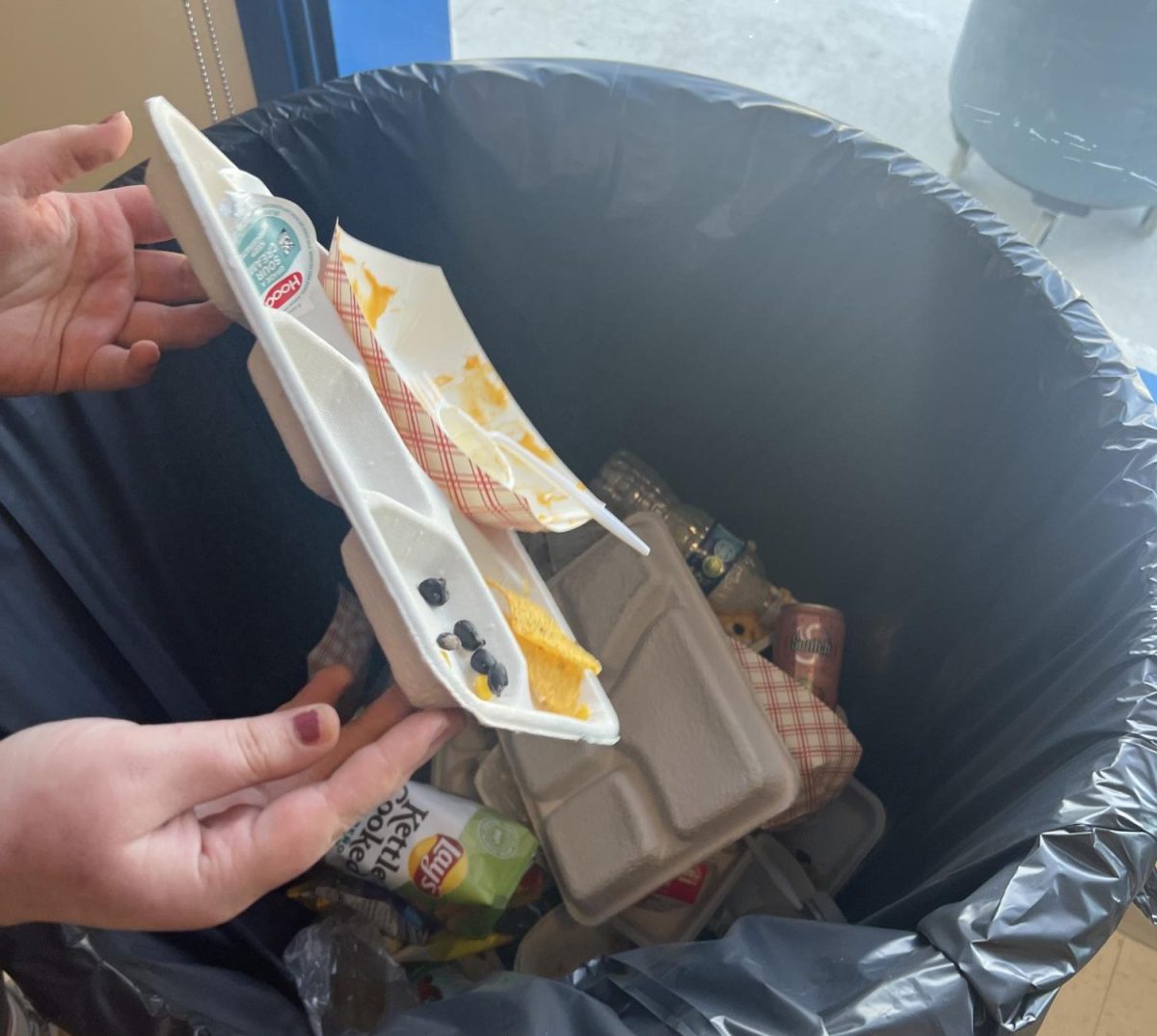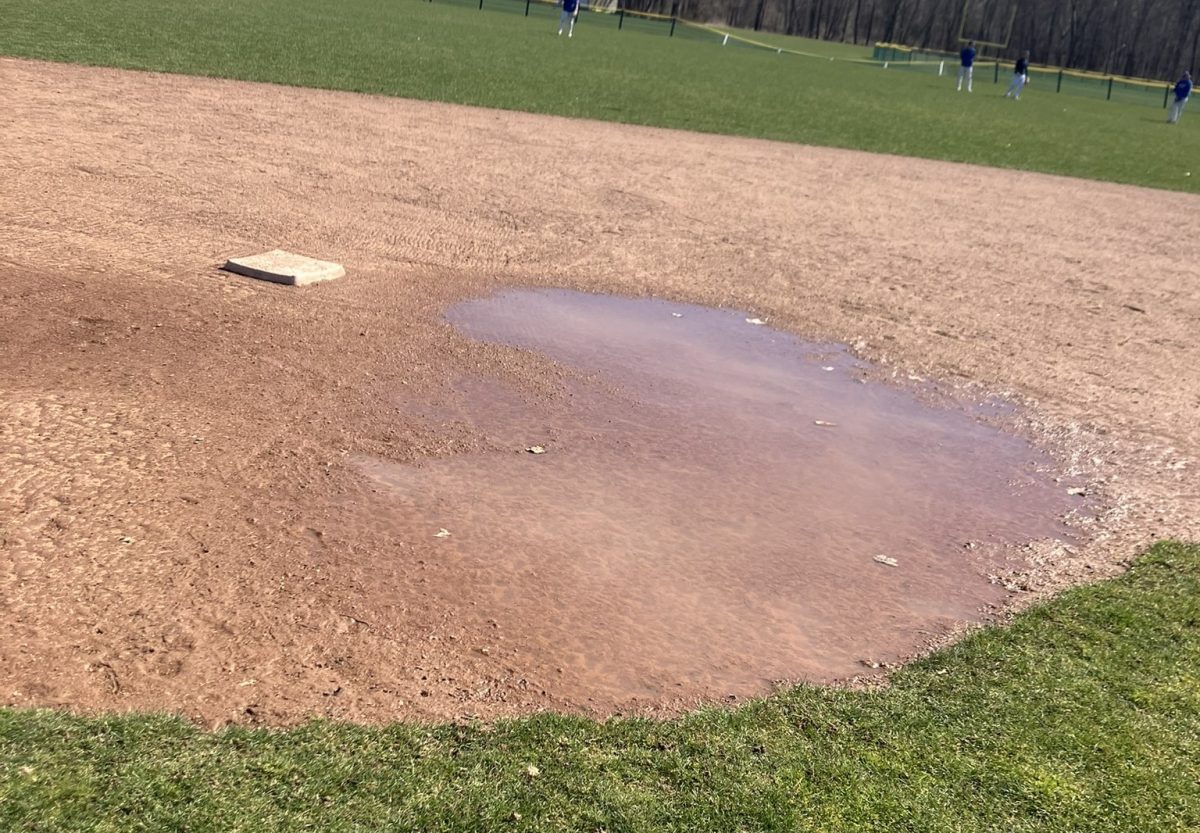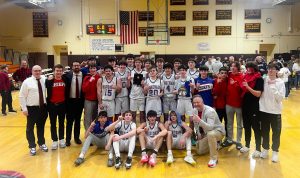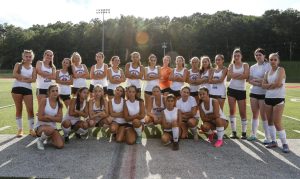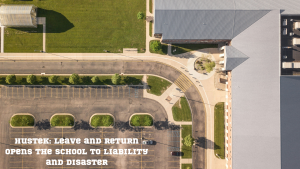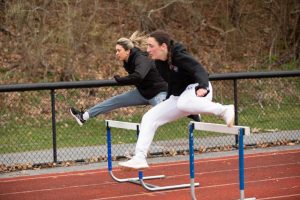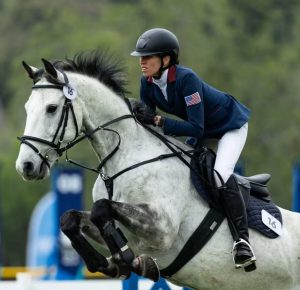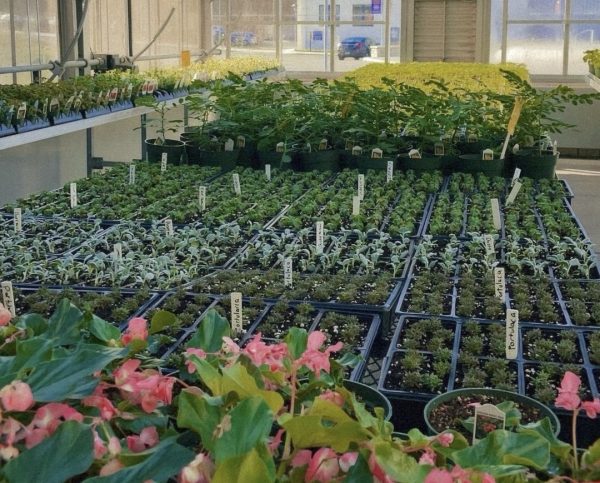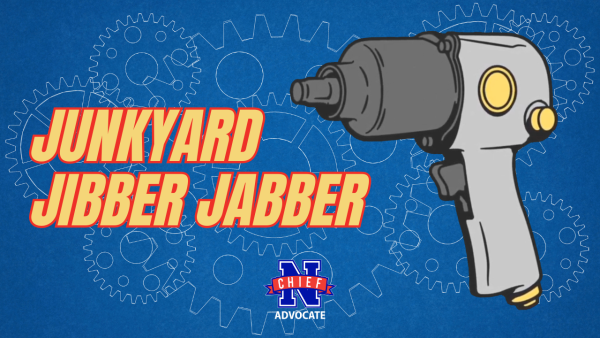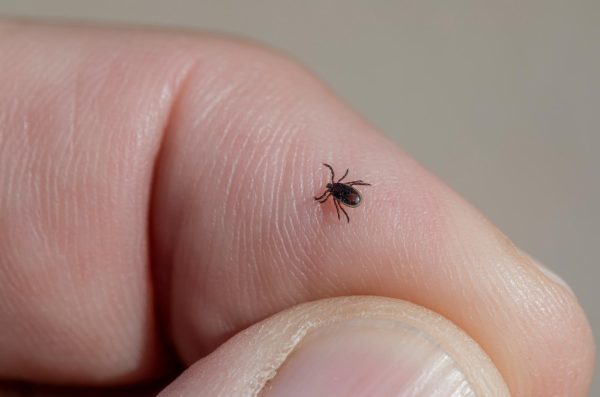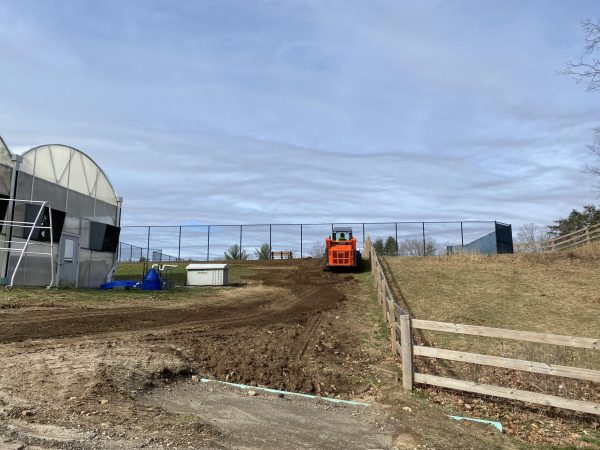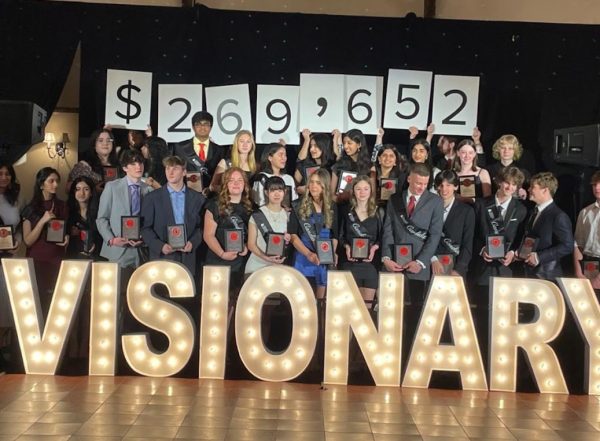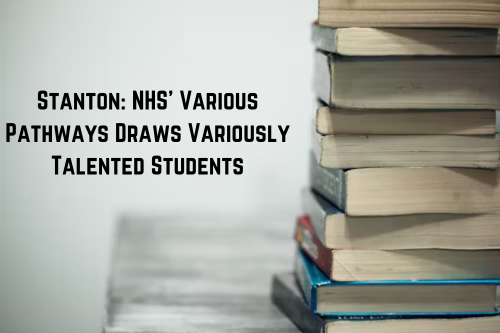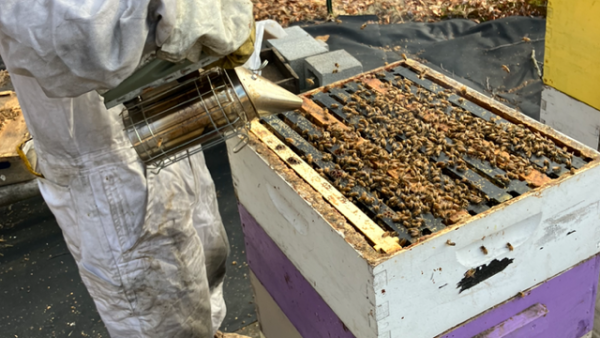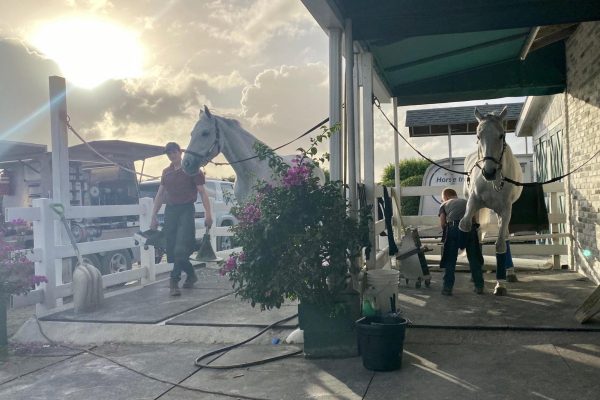Fresh Fish: Restoring the Aquaculture Program
The current state of the NHS aquaculture greenhouse after the summer transition period. Students are working to repopulate the system.
October 3, 2022
Publisher’s clarification: A previous version and headline of this story indicated that fish in the aquaculture system were “lost” due to lack of supervision during a transition, which was misleading. The aquaculture program annually reduces its fish population at the end of each school year. The NHS Chief Advocate regrets this lack of clarity, and this article has been edited to reflect necessary accuracy.
WOODBURY — Aquaculture is one of the most intense agricultural classes at Nonnewaug. It has a huge influence on both the school and the community. The program grows crops for the culinary classes, the local food bank, and for personal consumption.
However, with the annual transition from one school year to the next that requires a reduction in the fish population, the aquaculture system needs to repopulate its levels of fish, which dropped 83% from its peak last school year.
Without the fish in the aquaculture tank for a prolonged period, the aquaculture system becomes disabled. The fish provide nutrients by creating ammonia, which is transformed into nitrate. The absence of this renders the system’s ability to grow plants useless, and if it continues for too long, it would have a negative effect on the local food banks and others who rely on our produce.
Due to these predicaments, students and teachers are brainstorming solutions in hopes to restore the system to its former productivity.
As of right now, there’s only one clear solution: Repopulate and clean everything in all tanks. For the past month, the aquaculture classes have been vigorously cleaning everything from top to bottom.
New aquaculture teacher Leanne Golembeski has been looking into what fish to buy, the correct way to breed the fish, and the program’s price range for new equipment.
Meanwhile, the aquaculture classes have been working to fix everything and anything possible to get the greenhouse up and running.
“I’ll work with Devon [Zapatka] on fixing the deep-water beds,” said Mason Pieger, a junior aquaculture student.
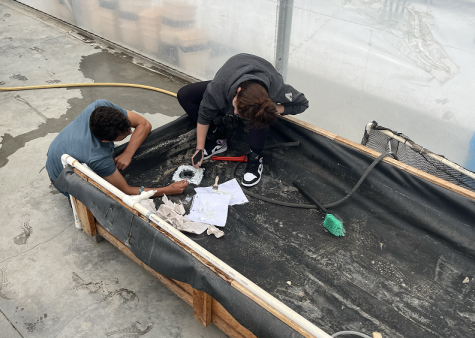
When asked about the progress of the project, Pieger replied, “I mean, we’re moving.”
The aquaculture class has been using the power hose, brush, and brooms to clean off the gunk that has been collected over the years. The power hose was also used to help clean the circulating fans of the dust build-up. They also use bleach on the black plant cups to remove any bacteria.
All of these projects have been under the supervision of Golembeski to ensure everything stays according to plan.
Golembeski graduated from Nonnewaug in 2015. She graduated with one of the program’s first aquaculture classes, so she loves the improvements to the system.
“It’s a little overwhelming, but in a good way,” said Golembeski.
She said she plans on trying to make the system better than they have ever been by being more efficient and productive. She also has high hopes for the program to where they might add a saltwater tank, adding a whole new level of overall difficulty to the system.
“There is still a lot of work that needs to be done, but I will have to do my own research in order for us to start up a tank,” added Golembeski.



